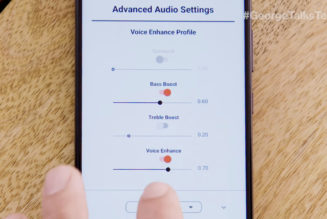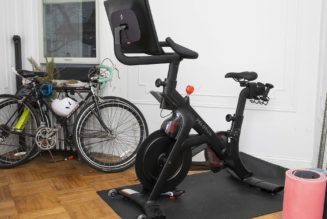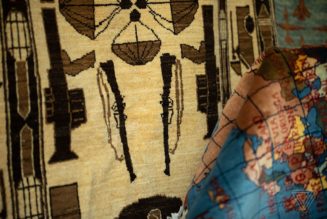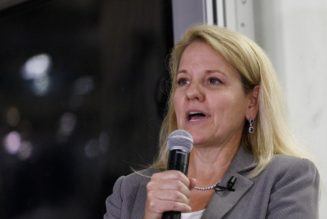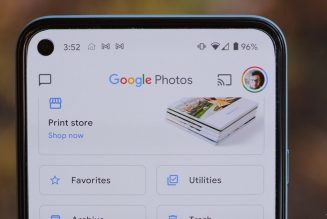You can’t fly a drone at night. You can’t fly a drone over people. You need to be able to see it with your naked eye at all times — or have a dedicated observer who can. These rules exist to keep dumb drones (and reckless pilots) from crashing into people, property, and other aircraft in the skies.
But what happens when drones get smarter, and can dodge obstacles on their own? That’s the kind of drone that Skydio builds, and it appears to be successfully convincing the FAA to create exceptions to that naked-eye, Visual Line Of Sight (VLOS) rule.
This week, the FAA granted the North Carolina Department of Transportation (NCDOT) a blanket waiver to fly Skydio drones beyond visual line of sight (BVLOS) to inspect any bridge, anywhere across the state, for four whole years. They primarily need to make sure the bridge isn’t occupied by random people, and fly within 50 feet of the bridge and 1,500 feet of the drone’s pilot. You can see the full waiver here (PDF).

It’s not the first time the FAA has granted a BVLOS waiver; the agency has granted limited waivers since the first drone rules rolled out, but early waivers were often for a single flight or series of flights by a licensed pilot who’d applied months in advance. But in 2015, the FAA signaled that it wanted to enable more advanced uses of drones, particularly beyond visual line of sight, as quickly as it can — and over the past year, we’ve seen it start to happen in a bigger way.
Last October, the UPS won FAA approval to operate a “drone airline” with a Part 135 Standard certification, allowing its delivery drones to fly beyond visual line of sight. This August, Amazon’s Prime Air got the same certification, too.
And in July, the Chula Vista Police Department in California got approval to fly its Skydio drones beyond visual line of sight in emergency situations, so long as they didn’t fly higher than 50 feet higher than the nearest obstacle, stay within 1,500 feet of the pilot, and return to VLOS “as soon as practical.”
Even then, that “Tactical Beyond Visual Line of Sight” program for first responders (which doesn’t actually require a Skydio drone, here’s the PDF) required operators to be flying as a public safety operator under Part 91 — an authorization not just anyone can get.
But now, we’re talking about a waiver for a consumer-grade drone, under the standard Part 107 license anyone can apply for to start a drone business, that applies across an entire state for multiple years at a time. Sure, the FAA is probably going to trust a specific government agency like the NCDOT a heck of a lot more than a random drone pilot, but it’s still a step towards a future where individual, trustworthy pilots could legally fly a drone without constantly squinting to see it in the sky.
Between this, last January’s nationwide waiver for State Farm’s insurance inspectors, and a waiver for Xcel Energy last August to inspect power lines in the eight states it serves, it seems like we’ve crossed a threshold.
Oh, and North Carolina’s waiver is probably a good thing for bridge inspectors, too, compared to some of the conventional ways of getting underneath a big, long platform, particularly one that spans a body of water. Here’s Skydio’s video about how it does that.
[embedded content]
You can actually easily browse all the other companies that have gotten BVLOS waivers for their Part 107 drone operations yourself at this link: just type 107.31 into the search field.
Update 9:58 PM ET: Added additional BVLOS precedents, and a link where you can find more.



